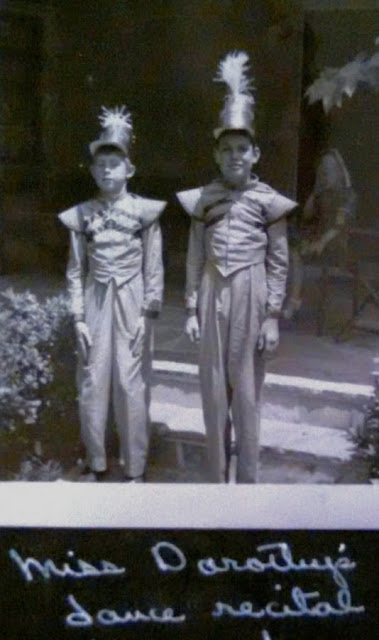This article is part of Polished Professioals, “Don’t do that. Do this instead” series.
“Summertime, and the livin’ is easy…”
 |
| Early 20th C. Beach Attire |
The rest of this lyric is “Fish are jumpin’, and the cotton is high”**. And no where is cotton (rayon, spandex, denim…you name it) higher than in summertime.
Before I begin, I would like to make a few things clear:
This is NOT a post about: how you dress for a picnic or a night out.
This IS a post about: our work lives and the perception of professionalism.
Strip down to the ‘bare’ essentials:
DON’T DO THAT
When the temperatures and humidity start to soar the temptation to rid ourselves of all (or almost all) our clothes is understandable. The mere idea of being constrained in long sleeves, closed shoes or trousers is enough to make us hot and bothered. However tempting it is to don your shorts and flip-flops and head to the office, don’t.
DO THIS INSTEAD: Find a balance
I know it can be tricky to find a balance between keeping cool and looking professional but trust me, it’s worth it.
Comfort vs. Credibility
I notice, every year, that many people use the excuse of summer, and hot weather, not just to wear fewer and/or cooler clothes but to abandon dress-sense entirely. I know it’s hot, and I know that much of our more professional clothing can be restrictive. However, are you prepared to gain comfort at the risk of losing credibility?
The impact that our clothing has, both on those around us and ourselves, is something I find fascinating. What I find even more fascinating is that some people think it’s inconsequential; either that it doesn’t really matter or that they should just be allowed to ‘be who they are/wear what they want’, no matter what. It’s a fair point in some ways, we should be allowed to be who we are, but there’s a but. There’s always a but. In this case the but is that what we wear matters, and does have an impact on how others see us.
How we dress affects not just how others see us but how we view ourselves. When we dress down we not only project a lack of professionalism outwardly but we also suffer from it internally.
Even your subconscious notices the difference between your shorts/flip-flops combo and your best suit: have you ever noticed that you stand up a little straighter, behave a little better, and try harder not to spill on yourself when you’re wearing your ‘good’ clothes? …and if your subconscious is paying attention then you better believe the person (boss, colleague, client) standing in front of you is.
Given that it always pays to look professional – even in hot, summer months – think about using some of these tips:
- Choose lighter weight, breathable fabrics such as linen or cotton
- Have a few pieces with a slightly looser fit; this helps in humid weather particularly
- Opt to keep your jacket and tie off until you need to wear them
- Pair a sleeveless dress or top with a light jacket or cardigan
- Keep your ‘work’ shoes at the office and change when you get there (this goes for both men and women)
Trust me when I say it’s worth making the effort. Sure, you might have to suffer a little along the way but the payoff – being the person who gets noticed for staying polished and professional at all times – will be worth it.
If you’d like to read more about the psychology behind dressing and appearance, take a look these articles:
Hilary Robinson is the Senior Trainer and Owner of Polished Professionals in Toronto, Canada. With her background, spent running events for Prime Ministers, CEOs and academics (in the UK and Canada), one might think that she’s all about following the rules. However, she prefers to train people to understand their parameters, what it means to follow them, what advantages there are in knowing how and when to bend them, and the value in using good manners to put others at ease. With 20 years working worldwide in events and communications, Hilary believes manners and courtesy are not only powerful communication tools but the foundations on which self-confidence and success grow.
Etiquette Enthusiast, Maura J Graber, is the Site Editor for the Etiquipedia© Etiquette Encyclopedia






















